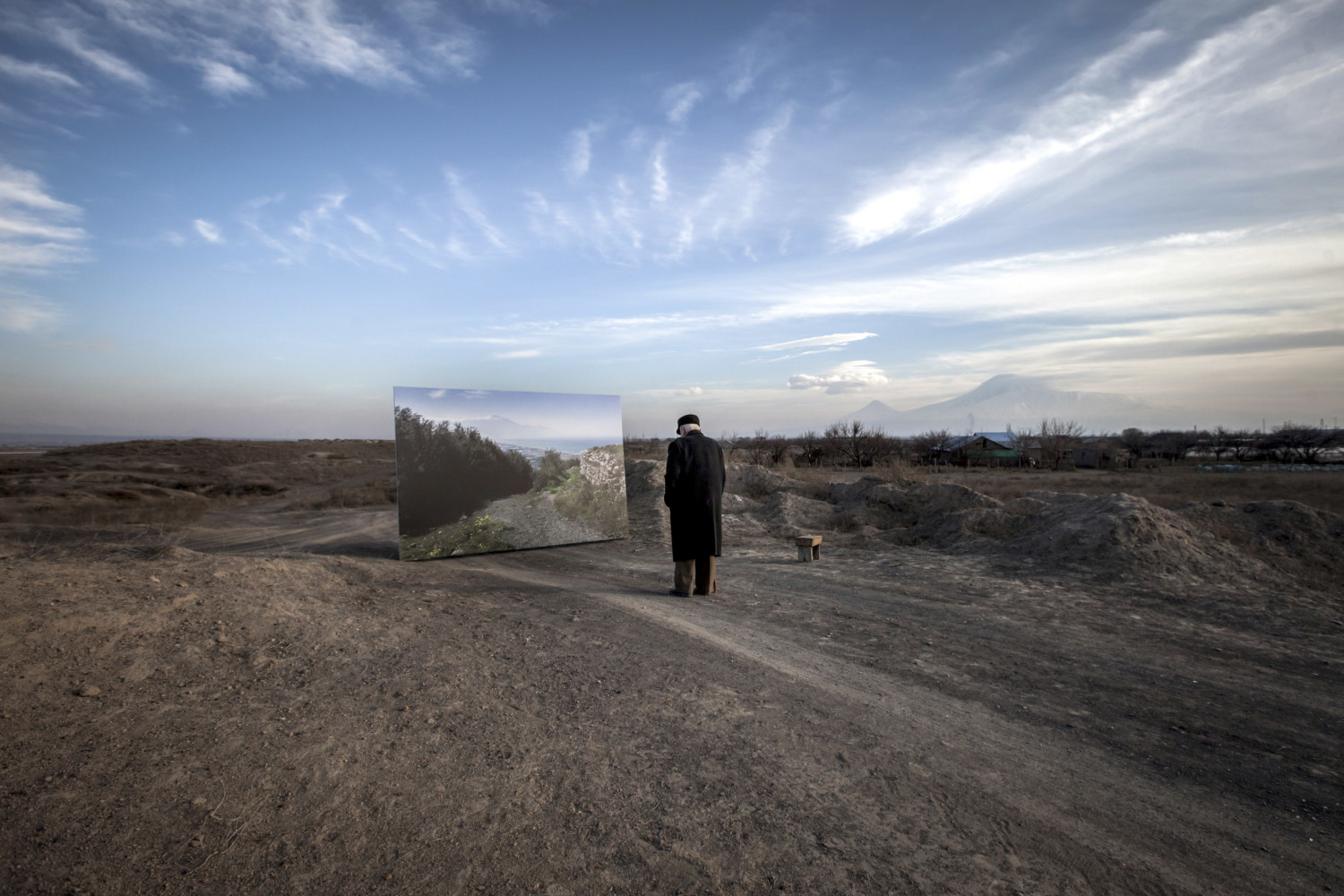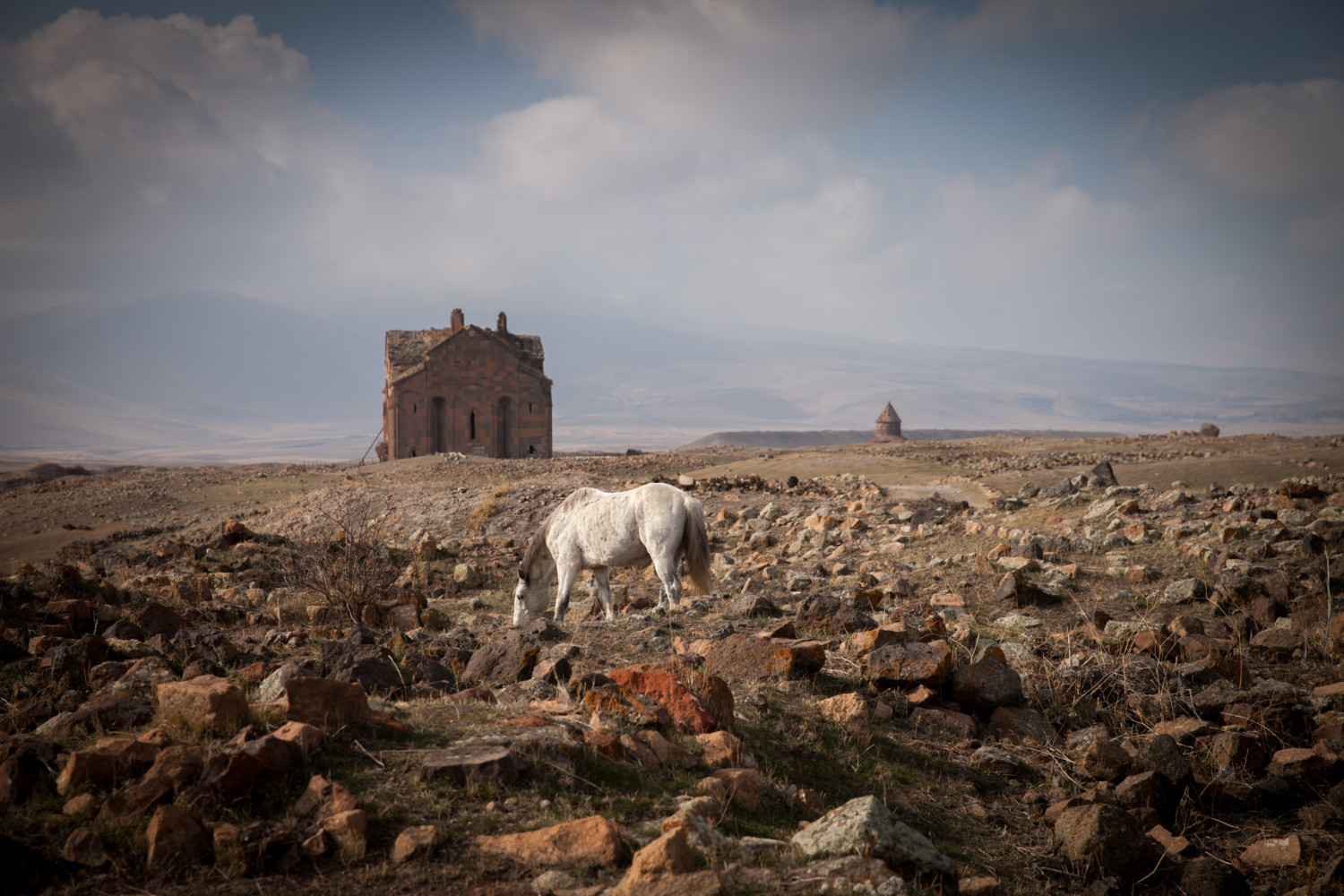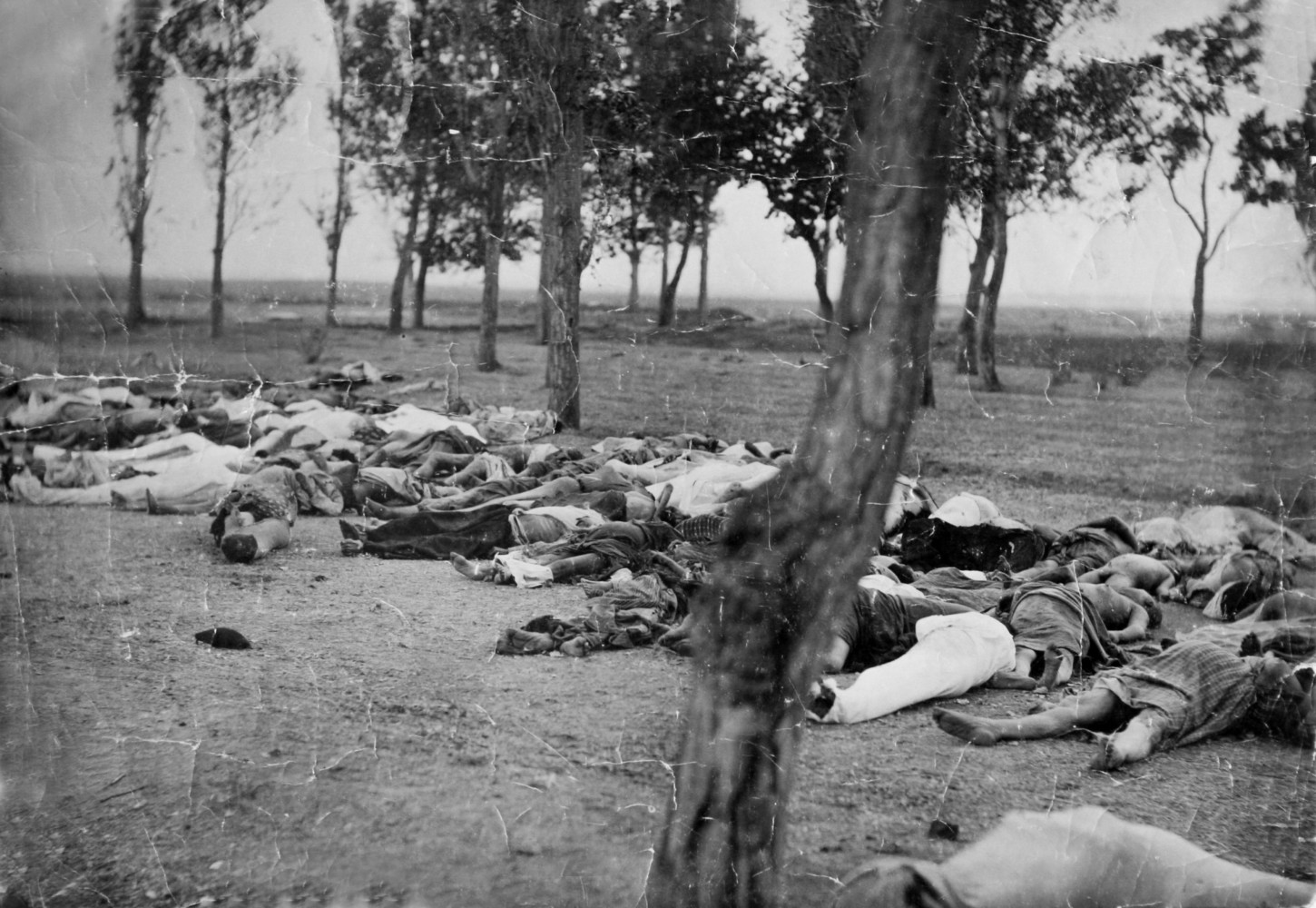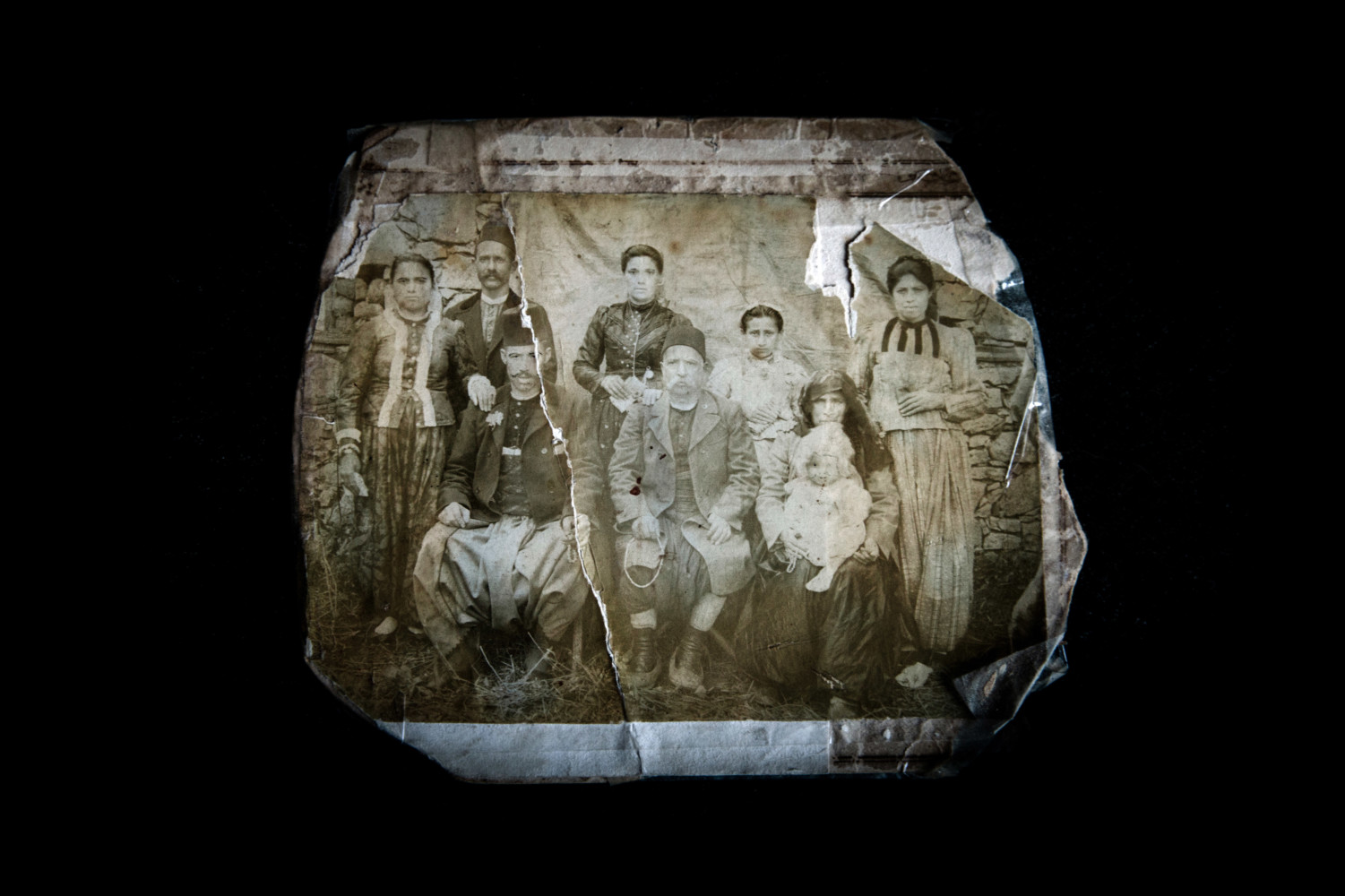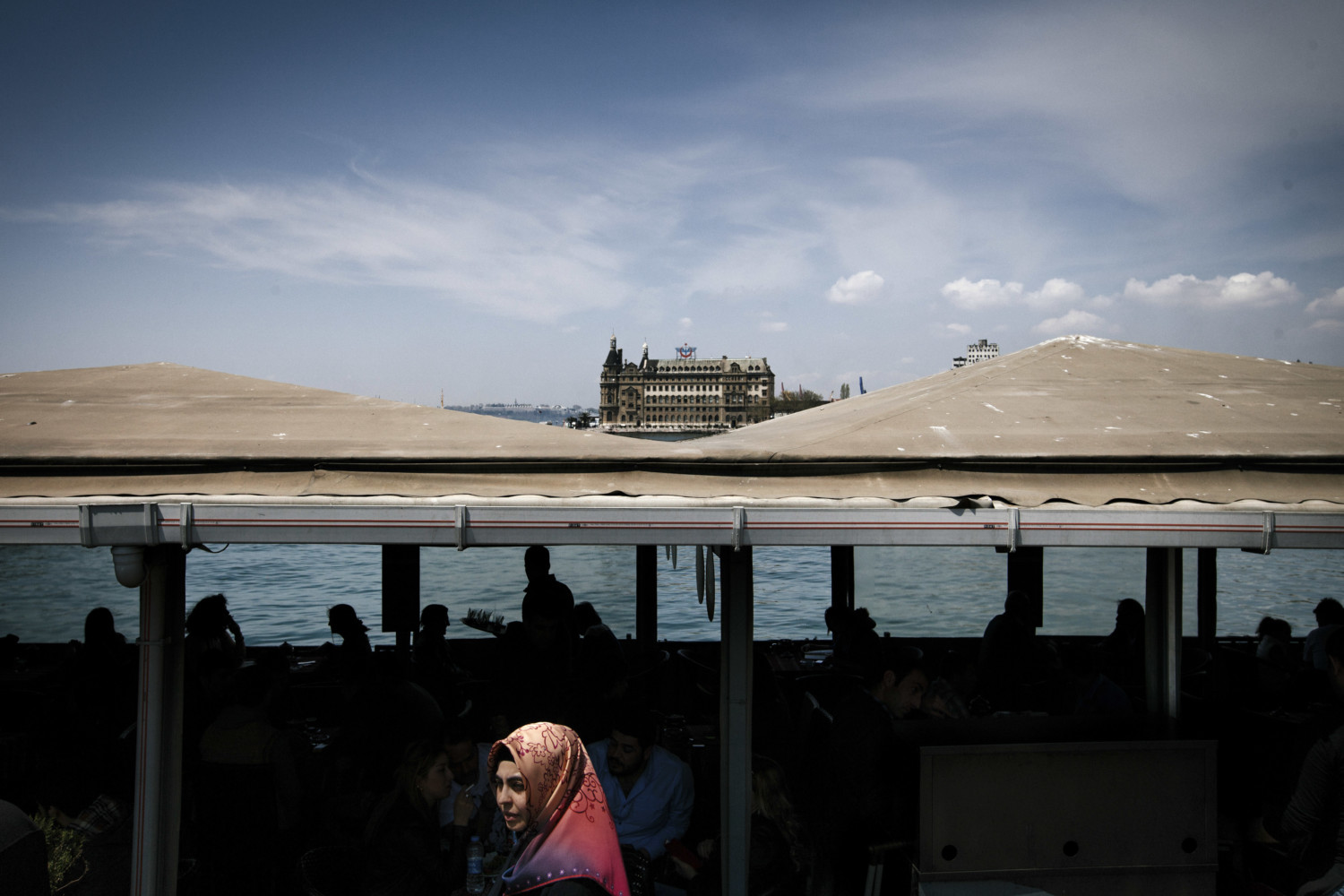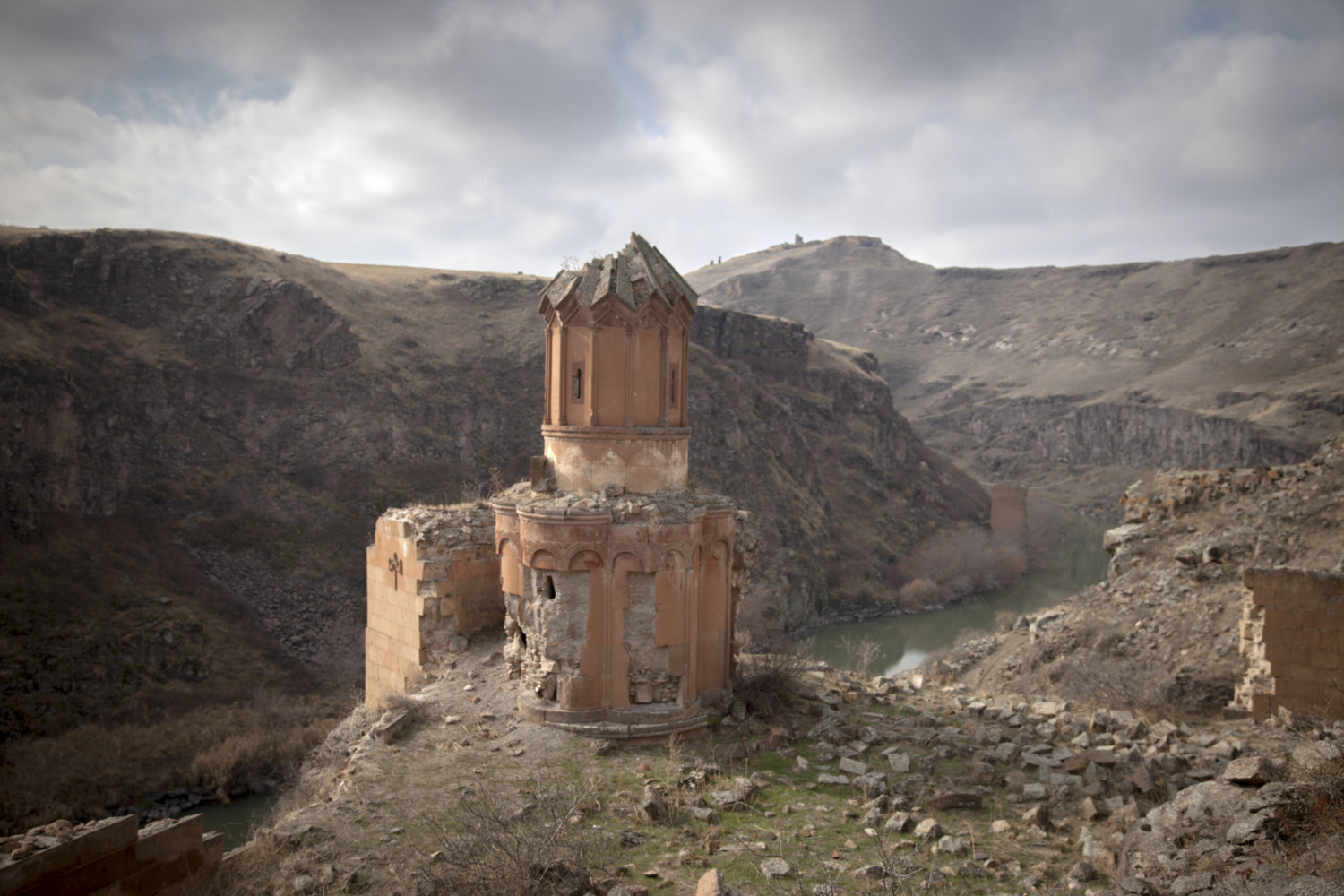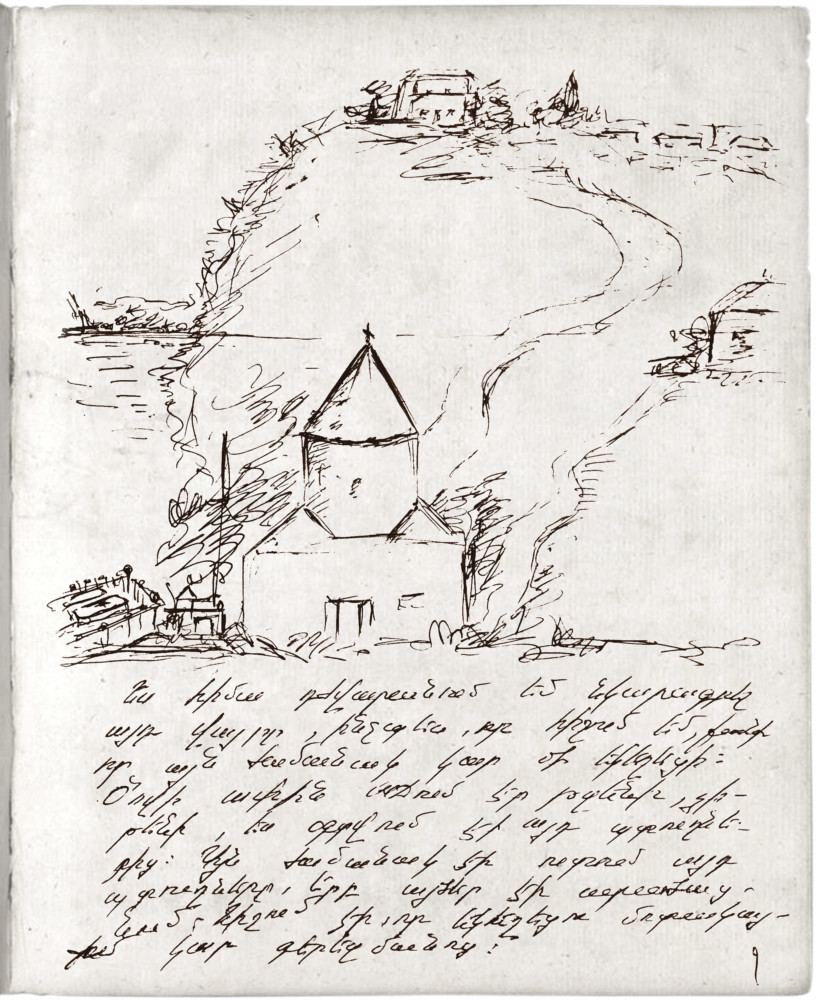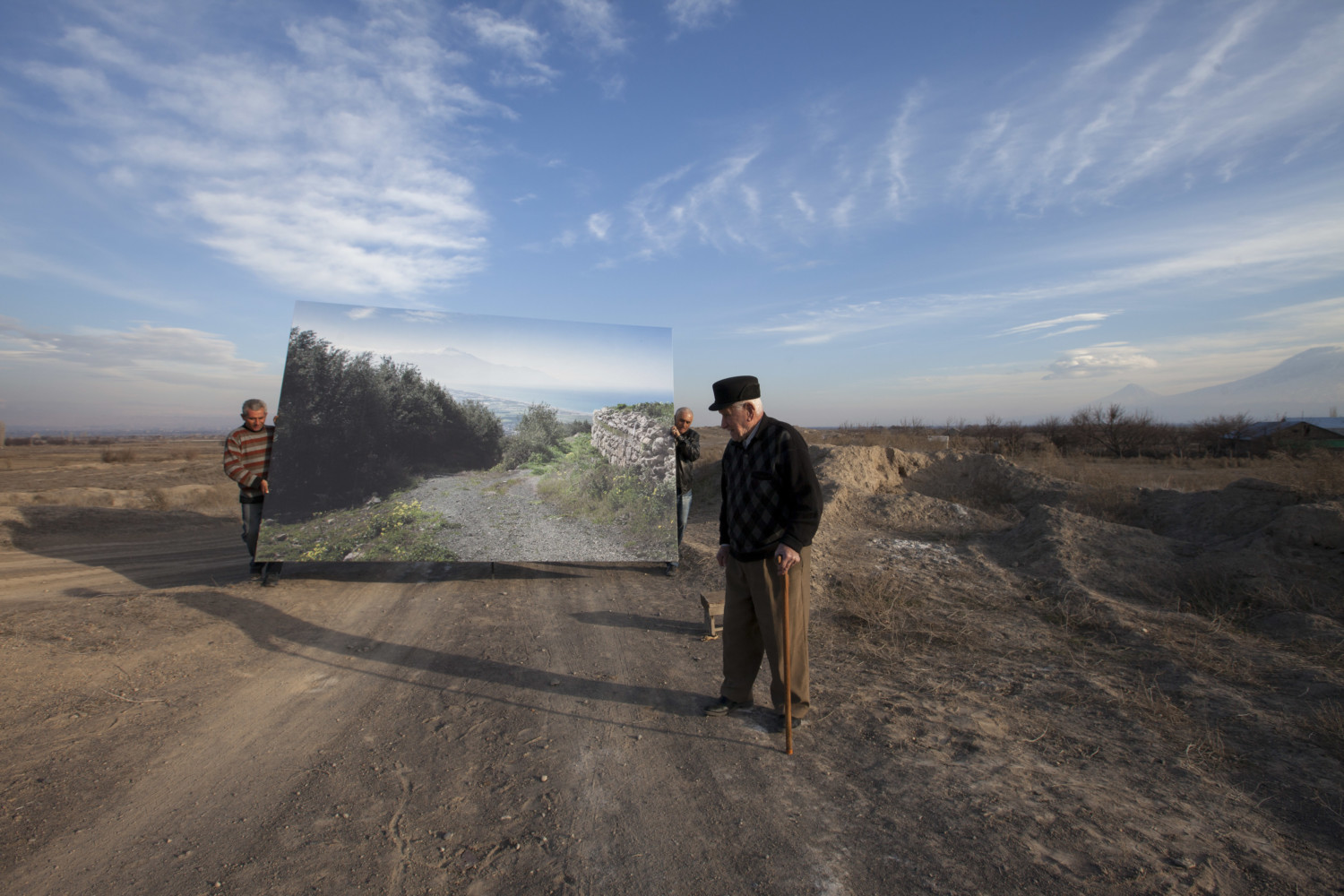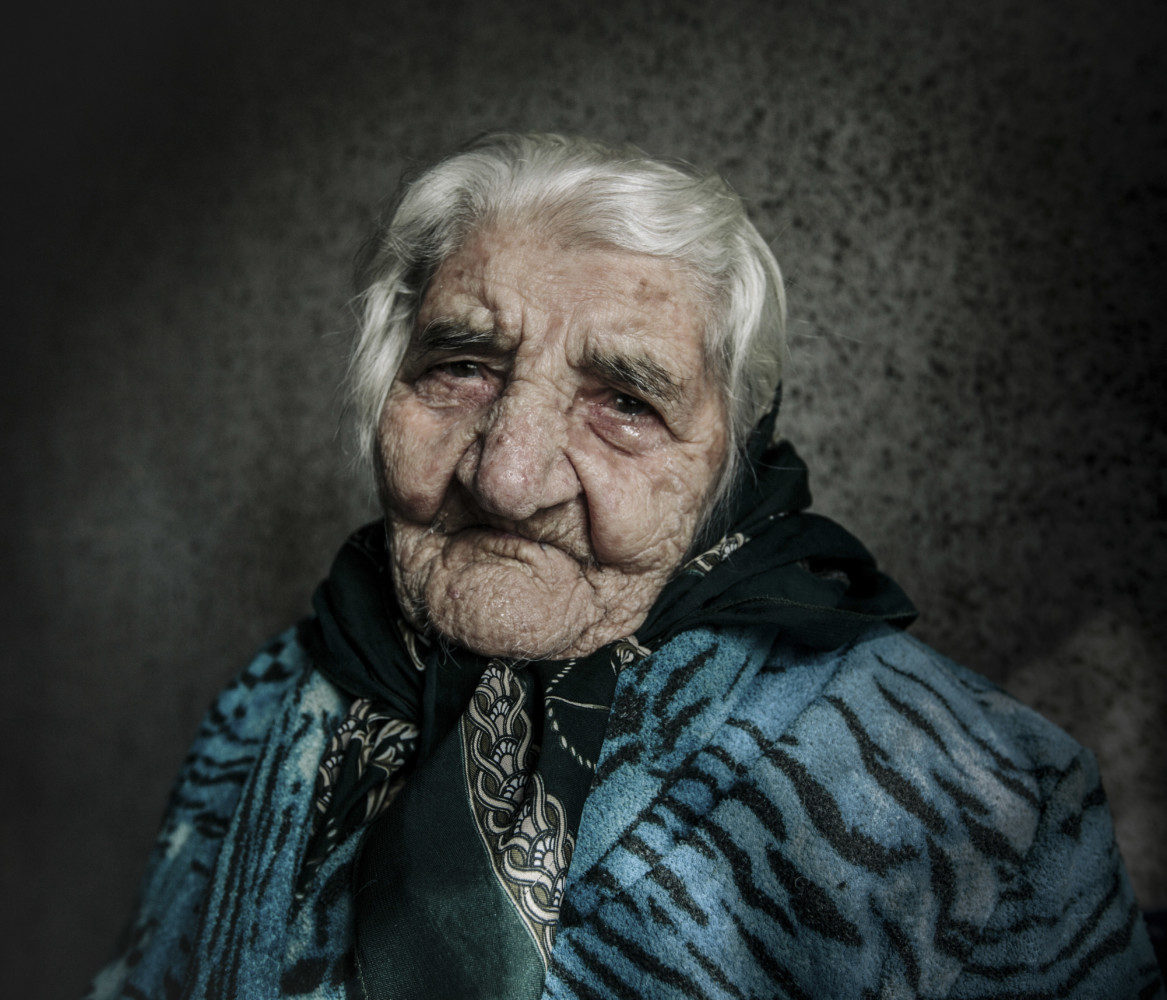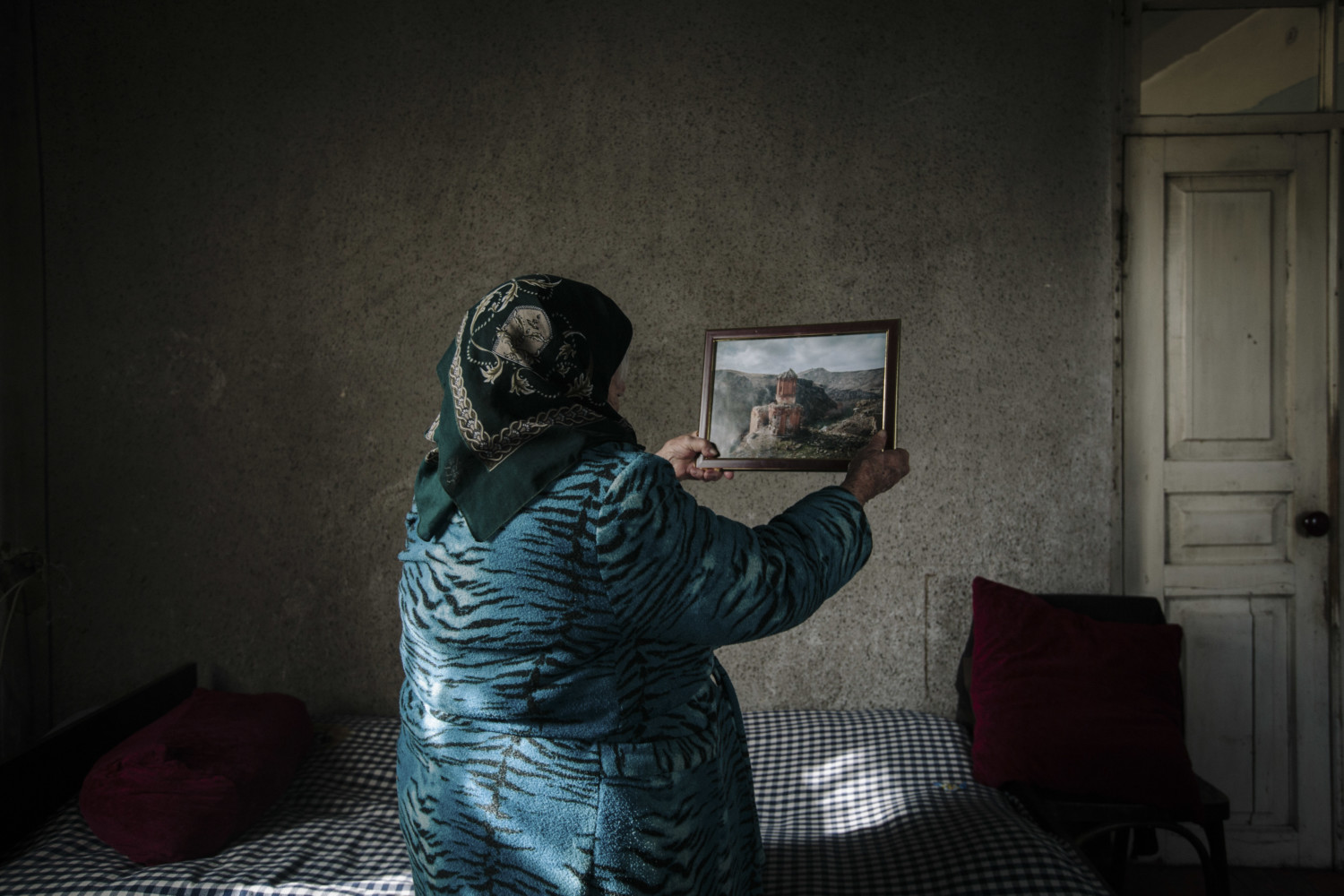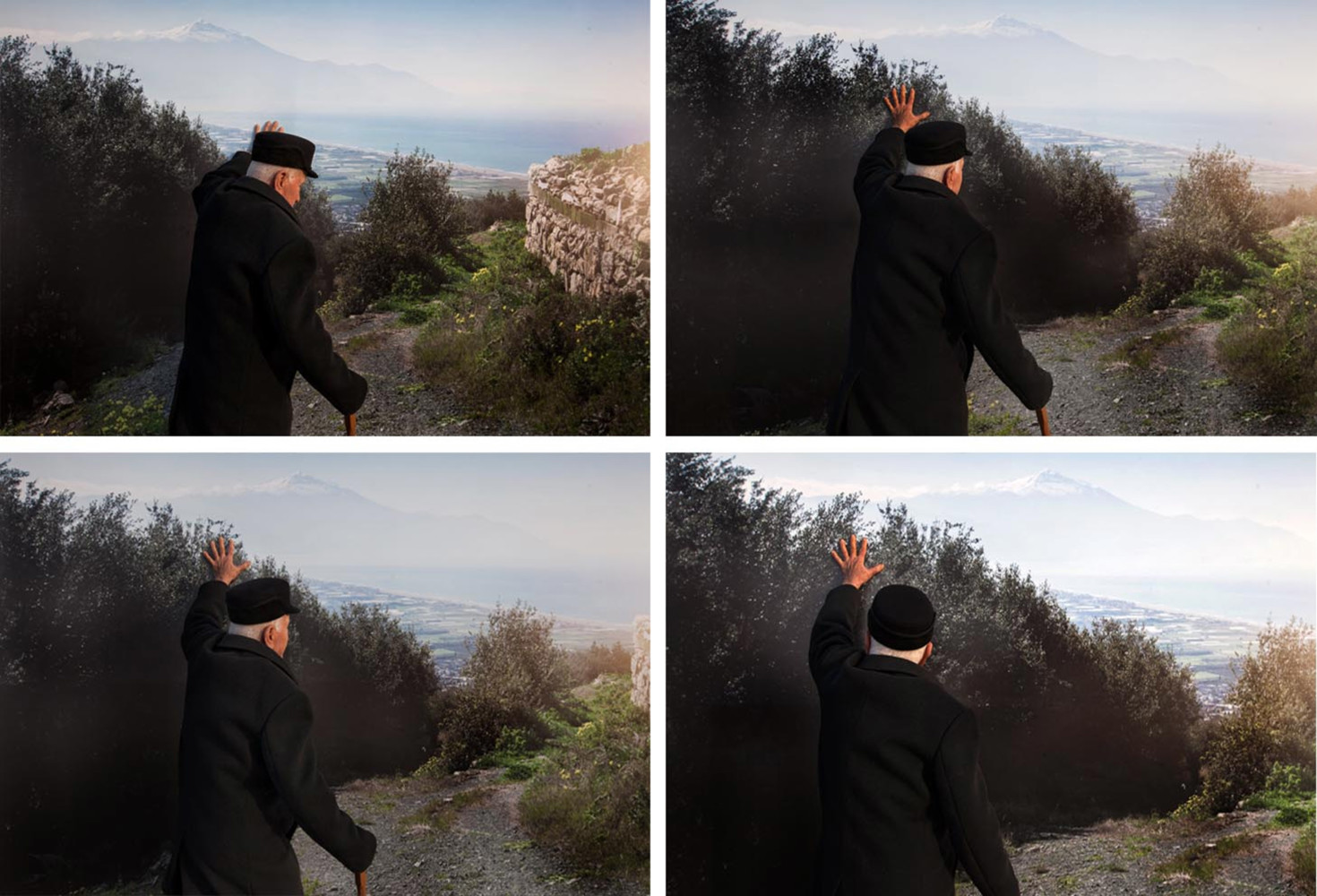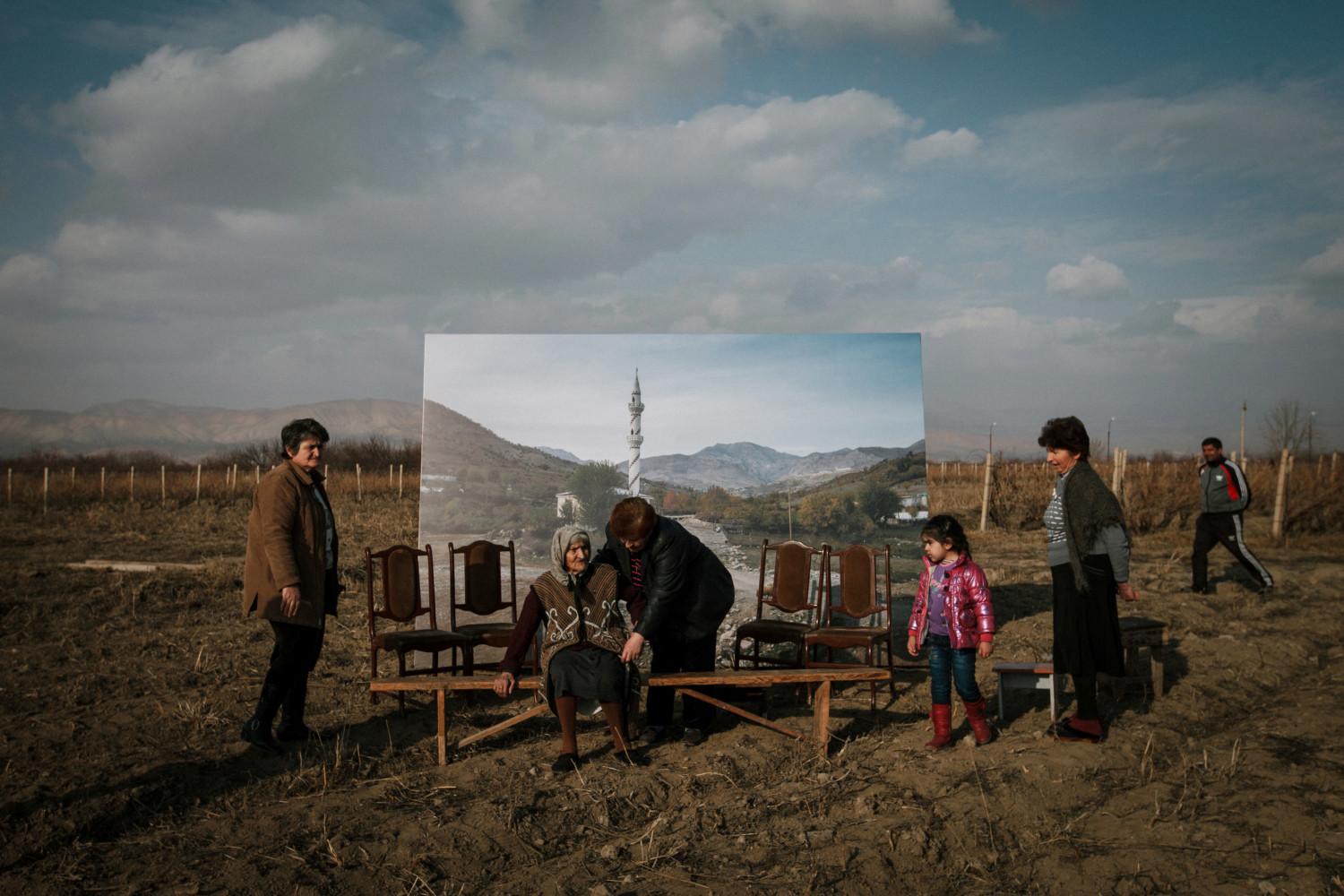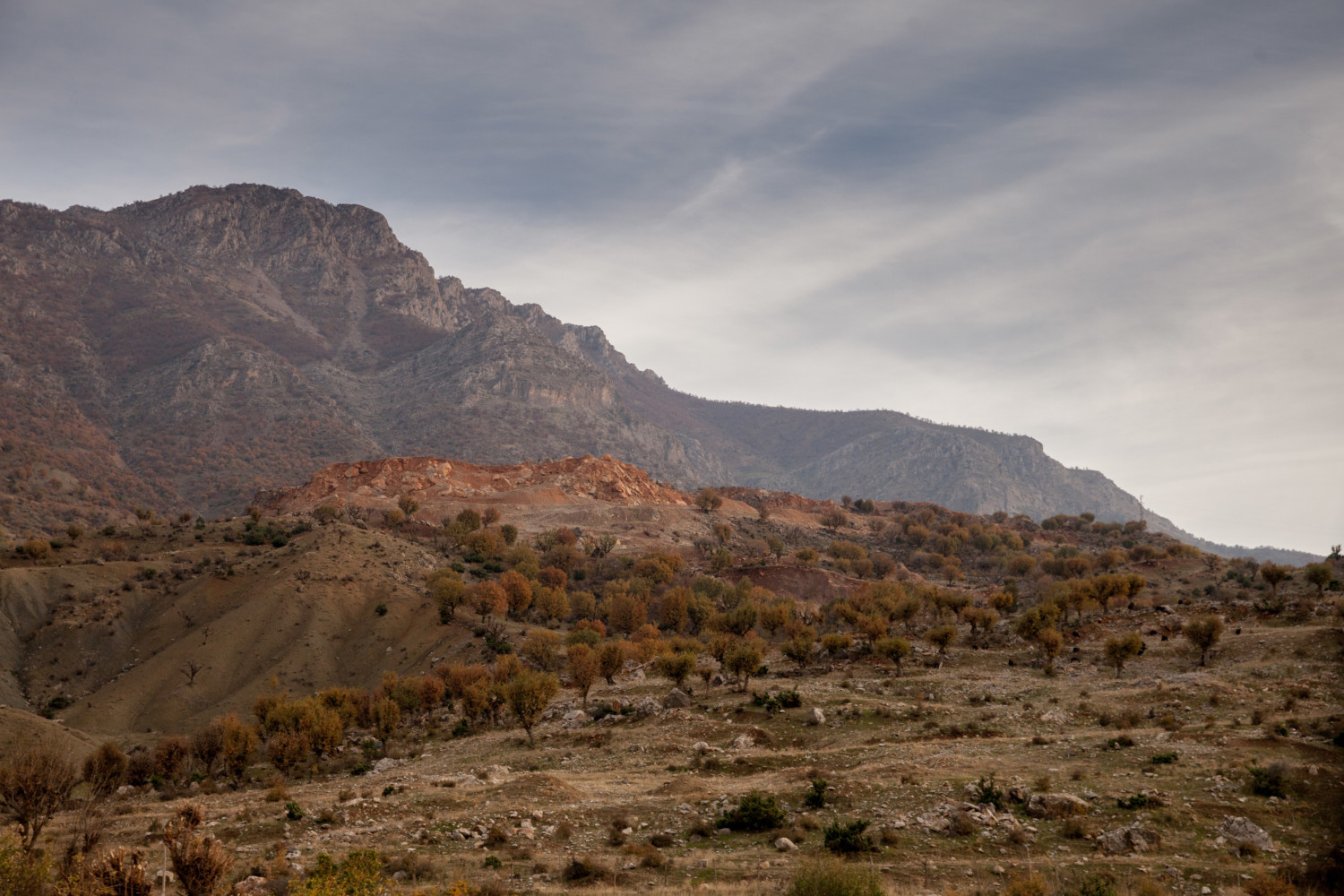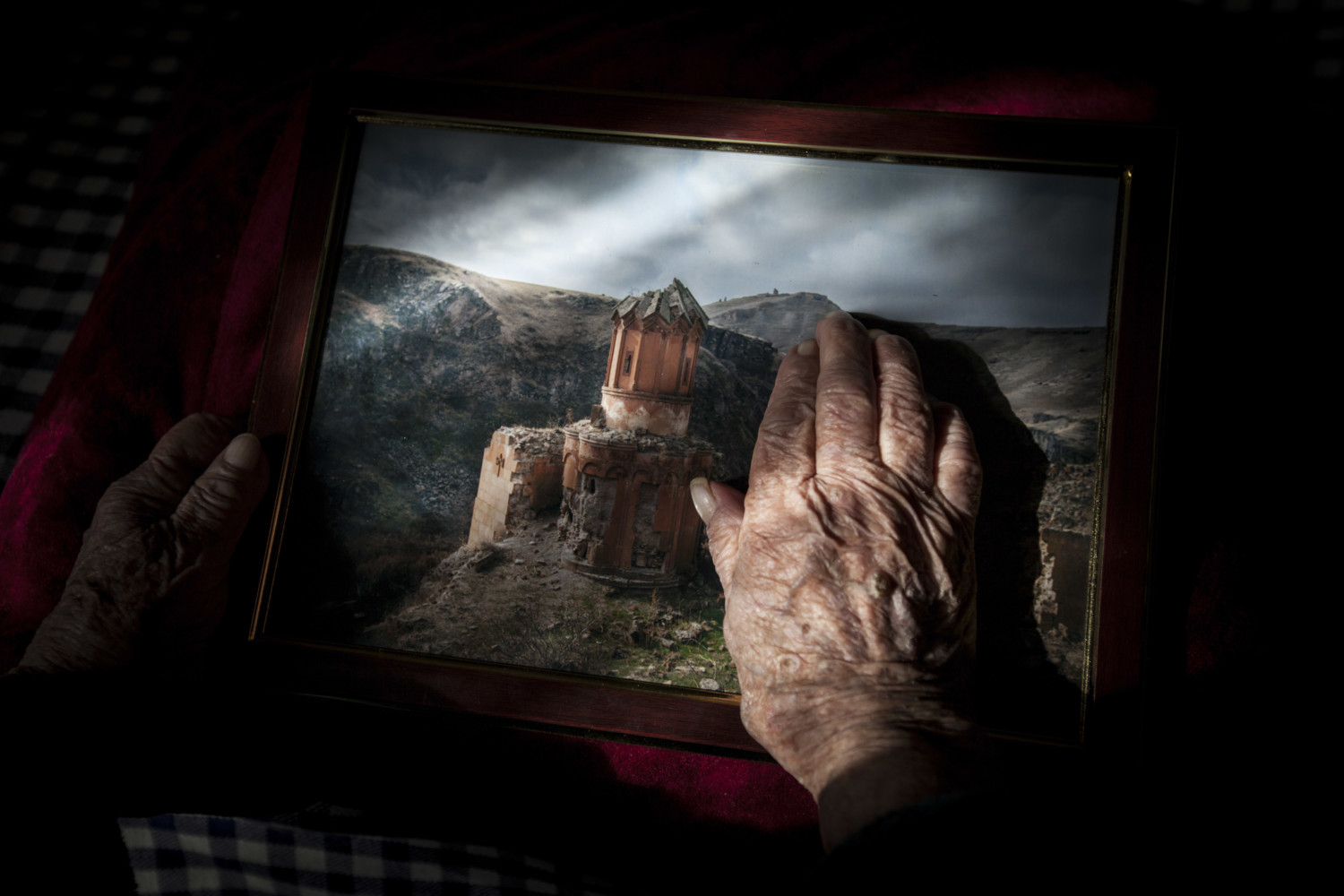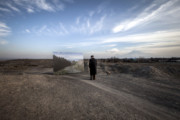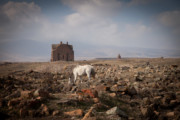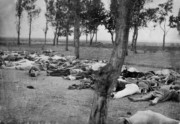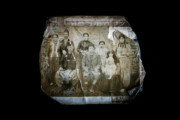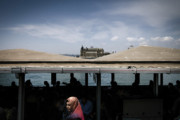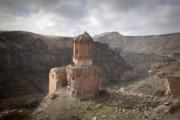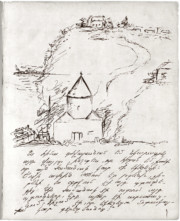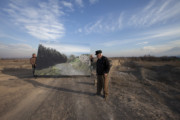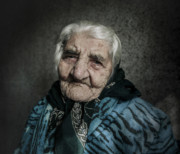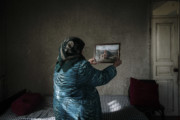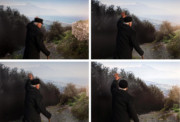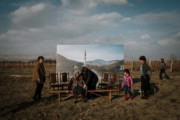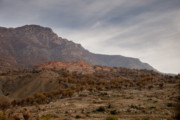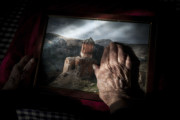Diana Markosian Once the capital of an ancient Armenian Kingdom, Ani, was known as the "city of 1,001 churches." After the genocide, Turkey cut Armenia from its history, with no mention of who built or inhabited i (...)
t. Today, the city remains abandoned, apart from the occasional presence of Turkish border guards. Turkey. 2015. © Diana Markosian | Magnum Photos
Diana Markosian In the shadows, Haydarpasa train station. On April 24, 1915, Ottoman authorities arrested several hundred Armenian intellectuals in Istanbul. From Haydarpasa train station, they were sent to Ayas a (...)
nd Cankiri, where they were executed. This event marked the beginning of the genocide. Turkey. 2015. © Diana Markosian | Magnum Photos
Diana Markosian A hand-drawn map of Kebusie, a tiny village on Musa Dagh Mountain, a site of resistance during the 1915 deportations. Movses and his father fled from the village to Syria in 1915. A century later, (...)
he asked me to go back to find his church, and to leave his image there. Armenia. 2015. © Diana Markosian | Magnum Photos
Diana Markosian Armenia. 2015. A life-size landscape revealed to Movses of his former home in Turkey. Haneshyan escaped his village of Kebusie as a child. I followed a hand-drawn map he had given to me to find h (...)
is memories. I discovered everything he had described: the sea, the tree with the fruit he remembered eating, and the goats he shepherded. I found it all, even the rubble of what was once his church. © Diana Markosian | Magnum Photos
Diana Markosian Armenia. 2015. Mariam spent most of her life moving back and forth between her home in Armenia and visiting relatives in Syria. She never again saw the place where she was born. Her one request: "G (...)
o to my village and bring back soil for me to be buried in." © Diana Markosian | Magnum Photos
